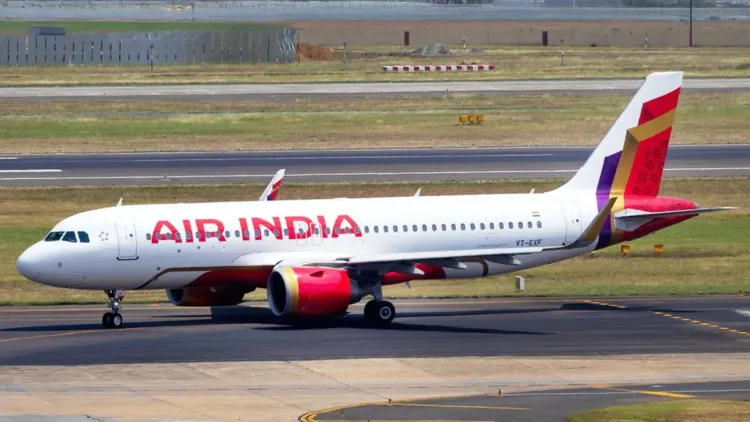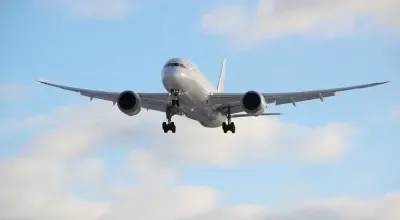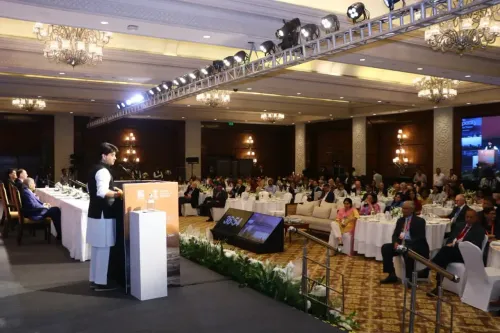Is Air India Transforming Its Fleet with Widebody Retrofit?

Synopsis
Key Takeaways
- Air India launches a $400 million retrofit initiative.
- Widebody aircraft upgrades focus on passenger comfort.
- Narrowbody fleet refurbishment is being expedited.
- Modernization aims to enhance operational efficiency.
- 51 safety lapses were identified by the DGCA audit.
New Delhi, Aug 10 (NationPress) Air India has officially commenced the retrofit process for its widebody aircraft while simultaneously accelerating the upgrades of its narrowbody fleet. This initiative is part of a comprehensive modernisation effort estimated at over $400 million.
The primary goal of this initiative is to enhance passenger comfort, boost operational efficiency, and present a contemporary appearance for the airline’s fleet.
The commencement of the retrofit for the widebody aircraft represents a critical step in Air India’s transformation strategy.
Upgrades include new cabin interiors, improved seating, advanced in-flight entertainment systems, and overall design improvements to align with international standards.
The first retrofitted widebody aircraft is projected to return to service in the upcoming months.
Concurrently, Air India is expediting the refurbishment of its narrowbody aircraft, aiming to swiftly introduce more upgraded planes into service.
This refurbishment encompasses enhanced seating arrangements, refreshed cabin aesthetics, and upgraded lighting systems to provide a more comfortable travel experience.
As part of a larger strategy, Air India’s modernisation programme aims to solidify its competitive edge in both domestic and international markets.
By elevating the quality and comfort of its fleet, the airline seeks to attract a larger passenger base, effectively compete with global airlines, and establish a new standard in Indian aviation.
The $400 million retrofit initiative encompasses over 100 aircraft and is being executed in phases. Upon completion, the upgraded fleet is anticipated to substantially enhance customer satisfaction and reinforce Air India’s image as a premium carrier.
However, last month, the Directorate General of Civil Aviation (DGCA) uncovered 51 safety violations during its annual audit of Air India, raising questions about the airline’s adherence to essential aviation safety regulations.
The audit highlighted various issues, including outdated training manuals, disorganized training records, insufficient pilot training, unqualified simulators, untrained personnel managing flight rosters, and irregular approvals for low-visibility operations.









